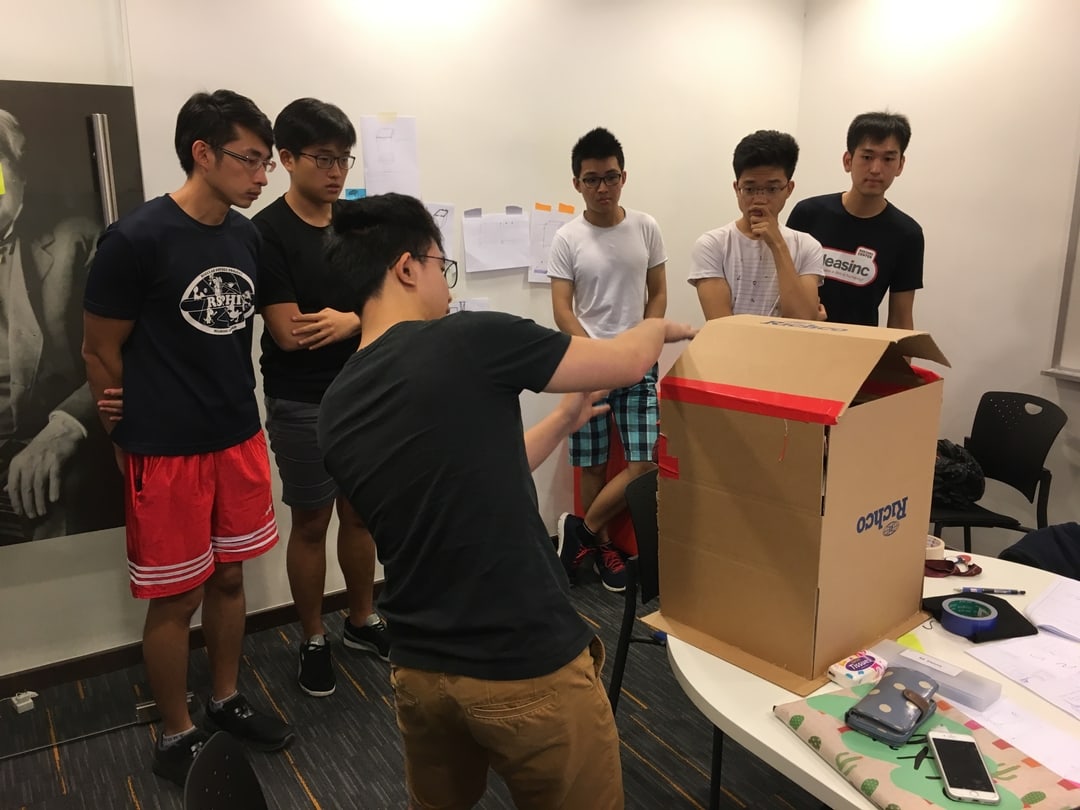
*Poster designed by me*
<Role> 2018: Experience Designer and Graphic Designer
2020: Chairperson
<Team> 2018: 2 Designers: Vienna Neo, Khor Le Yi
2020: 2 Designers: Howard Liu, Tan Shi Tong
<Time> November 2017- February 2018 (4 months)
October 2019 - Dec
<Skills> Experience Design, Design Research

*Poster designed by me*
We conducted face to face interviews with 20 engineering students and obtained their ideas on their impressions of a designathon, their understanding of design, and their assumed deliverables of a Designathon. Here are the main insights:
It is clear that most students think design = aesthetic or about hardware products only
Initially, we wanted to have multiple workshops every other week, ending off the event with a 24 hours designathon. However, after more user research and interviews, it was clear that:
Big problem: Engineering students do not see the importance of Design as a problem solving tool. They were not exposed to it before and long events are too high commitment

Designathon idea validation was obtained from user testing. However, improvements must be made based on feedback and observations
Designathon is a 2 day workshop cum design challenge where Art Design Media students and Engineering students work in multidisciplinary teams to design solutions for very real problems. We decided to invite art students over because we thought they will bring new insights to the table and the participants can learn from one another.
Throughout the event, students will apply design thinking skills they have learnt to a particular problem they have picked. At the end of the 2 days, they will have to present their process and final prototype to a panel of judges.
Below shows the flow of our 2 day event:
I was a facilitator for one of the teams.

After my exchange, I came back and took on the role of chairperson of planning committee for Designathon. Again, I led the team in applying design thinking to how we plan this event. I was also the main personnel leading the workshop teachings. Here are some changes I implemented based on the previous event's observation and new user interviews:




This was an exhilarating process and my first try at consciously using design thinking to better design an event suited and catered to our specific target audience: Engineering students. I was glad I could value add effectively by utilising design thinking to provide the best experience. Moving forward, the needs of students change every year. In order to make sure Designathon is still relevant, we have to continue designing to suit our new participants. One change I can forsee is the incorporation of engineering or tech elements into Designathon so that students can better relate to the problem sets.